
 |
| Zen Buddhism: What is Zen Buddhism, its beliefs and symbols | TheMindFool |
When you seek it, you lose it | The Zen Secret to Letting Go
 |
| The Subtle Art of Not Giving a F*ck |
Fun fact: most footage was shot during my recent trip to Kanazawa and Tokyo. This video: When You Seek It, You Lose It | The Zen Secret to Letting Go. #zen #alanwatts #taoism
- As an American, I opt for a sudden awakening (because I ain't gots no time to be muddling through formal or intensive practice. I need to purify and clarify my inner vision and awaken ASAP!)
Where does "Zen" get all these non-Buddhist ideas? Lao Tzu's Taoism: The Art of Not Trying
Lao Tzu: The Art of Not Trying
 |
| "Hi, Catty." My Tokyo culture created this. |
Why does Theravada waste time with effort?
 |
| Early Buddhist Studies |
It may be fun. It may be Taoism and Confucianism (and Shinto) with a whole lot of Vedanta and Hinduism thrown in, as is the way with Mahayana Buddhism. If only it worked as promised. What if we stripped away all the add-ons and cultural baggage? There might be nothing left but some naked Brahmanism/Hinduism.
Most of what people think is so "Buddhist" about Zen is actually Taoist. Have fun, but probably we shouldn't confuse it with or call it "Buddhism." That suggests the Buddha Shakyamuni was talking like this when he very much was not. What was he saying? His stripped-down teachings are reduced to misleading lists. The lists are good. The misleading part is that one can just memorize a list and think one knows anything.
Lists are a shorthand. They refer to very detailed teachings, most of which are not in the written texts but handed down in the teaching lineage of Theravada meditation masters. The suttas (discourses) are great for a broad understanding, and the Commentaries (like the Abhidhamma) are great for a pedantic detailed understanding (in ultimate terms), but actual practice always has been and is likely to always in the future be handed down through the practice.
Find a teacher who actually sits and teaches the art of sitting meditation, walking meditation, mindfulness, and the contemplations. The secret formula is this: Develop the jhanas (zens, dhyanas, chans, or meditative absorptions, which can be called the "meditations") to some extent, preferably to the fourth absorption, then apply the Satipatthanas or "Fourfold Setting Up of Mindfulness Practice."
 |
| Burmese Pa Auk Sayadaw (buddho.org) |
- (It is not true that Theravada advocates anyone take many lives; it may not be possible for everyone to reach full enlightenment in this life nowadays, but it remains true that nearly everyone can attain stream entry, the first stage of enlightenment, which assures full enlightenment in no long time, or what the Buddha promised was a maximum of seven more lives. That may sound like a long time, but compared to the countless lives we've already endured in samsara or the countless rebirths to come, it is as nothing, and it is a maximum. Most can finish in one more life, if they so wish, but now there's no hurry or stress because one is assured of no more rebirths in worlds of woe below the human plane, and one is likely destined for some very sublime and wonderful lives in the deva and brahma planes).
 |
| American Ajahn Sumedho | Buddho.org |
Theravada may sound slow, but it is a back-to-basics movement about what the real Buddha, the historical human figure (rather than the Cosmic Buddhas and divine figures like Amitabha, Budai or Hotei, Guanyin or Kwan Yin, Avalokiteshvara, Ksitigarbha, and others) taught. The Buddha was not a Hindu (there was no Hinduism then) and not a Brahmin, not an advocate of the Vedas (though very familiar with them), and not an advocate of non-dualism, which many Mahayanists (acting like Hindus) equate with some kind of "enlightenment." Buddhist enlightenment is about penetrating the Four Ennobling Truths that lead one to the "noble" state of enlightenment/awakening. It is the way of direct wisdom, which is full of compassion.
- Dhr. Seven, Amber Larson, Pat Macpherson, Wisdom Quarterly; Einzelgänger, Jan. 11, 2025, After Skool, July 9, 2024


















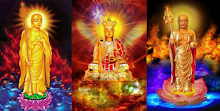



















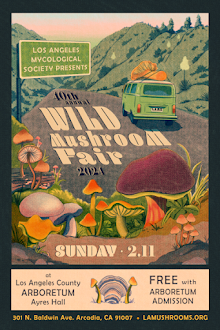





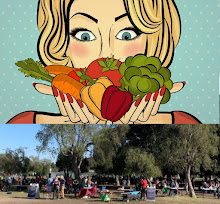









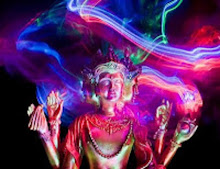









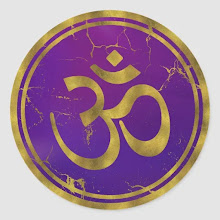














































































































































































No comments:
Post a Comment